Rob Sawyer
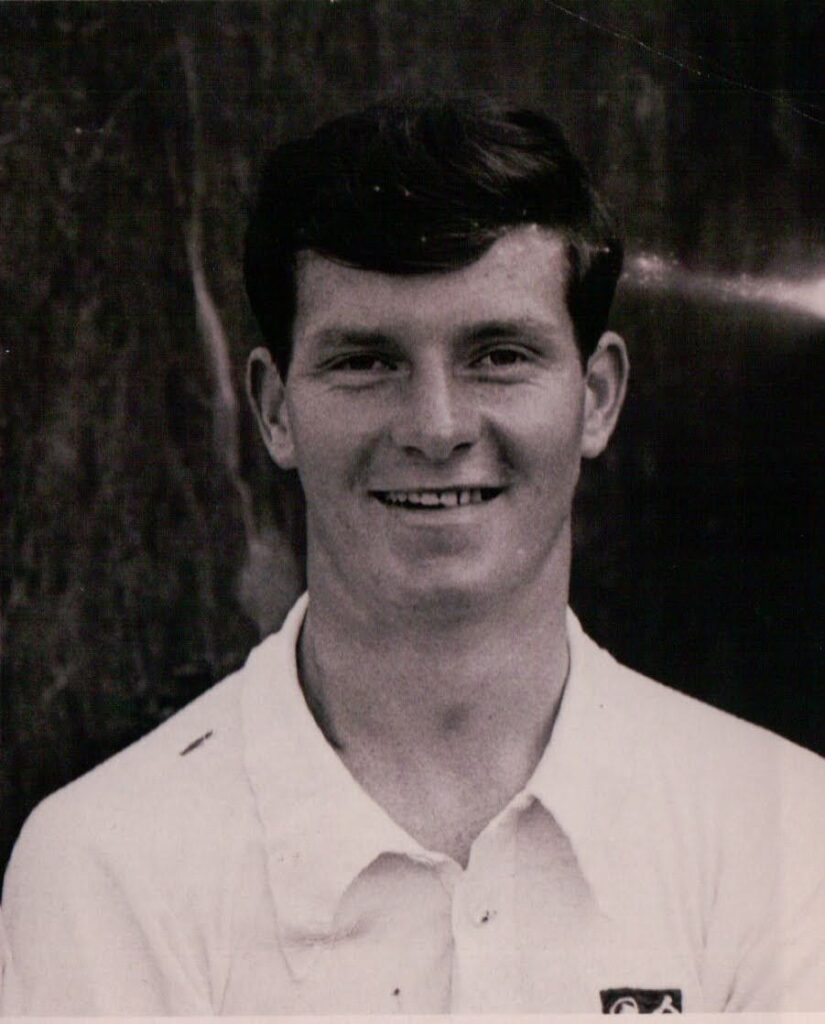
Andrea, Caroline, Sharon and Jim Corr – performing as The Corrs – were a mainstay of the British and Irish pop charts in the late 1990s and 2000s. They continue to perform for their many fans around the globe. Four decades before their musical breakthrough, their uncle was an Irish international and Everton footballer, who helped to make history at Goodison Park in 1949. Less widely-known is his role in bringing Howard Kendall to the Toffees in 1967.

Born on 23 June 1923, Peter Corr grew up in Dundalk, close to the border with Northern Ireland. A prodigiously gifted young sportsman, he excelled at Gaelic Football, developing into a brilliant minor at Louth. The price of his talent was being targeted by opponents in matches. In the 1943 All-Ireland semi-final, a shock defeat for Louth to Roscommon, he took a (deliberate) off-the-ball whack to the back of head, and, concussed, was ‘seeing stars’ – his words – for half of the match. It made him question his participation in the sport: ‘I loved playing Gaelic, but as my reputation grew, so did the attention I received. So, in the end I asked myself what the point was of getting kicked to death on the field.’

Persistent approaches from Sam Prole, manager of Dundalk FC, saw Peter agree to go against rule no. 27 of the GAA (which forbade participation in ‘foreign’ sports such as rugby, soccer and cricket) – and against the wishes of his father. After less than 20 outings as a soccer player in the 1946/47 season, his blistering performances on the right wing drew English club scouts to Oriel Park. Everton made overtures but could not agree a fee. Hull City, Arsenal, Bolton and Middlesbrough were also in the hunt, but Preston North End got their man.
No less than Tom Finney was barring the rookie Irishman’s path to the first team, so he made a modest three appearances on the wing. Having suffered a bad ankle injury which was feared to be career-ending, he was released by the Lilywhites. Home in Dundalk for the summer, he benefitted from a rudimentary but effective form of hydrotherapy: ’For three months I worked with the fisherman on the quay and kept the ankle in the water as much as possible.’
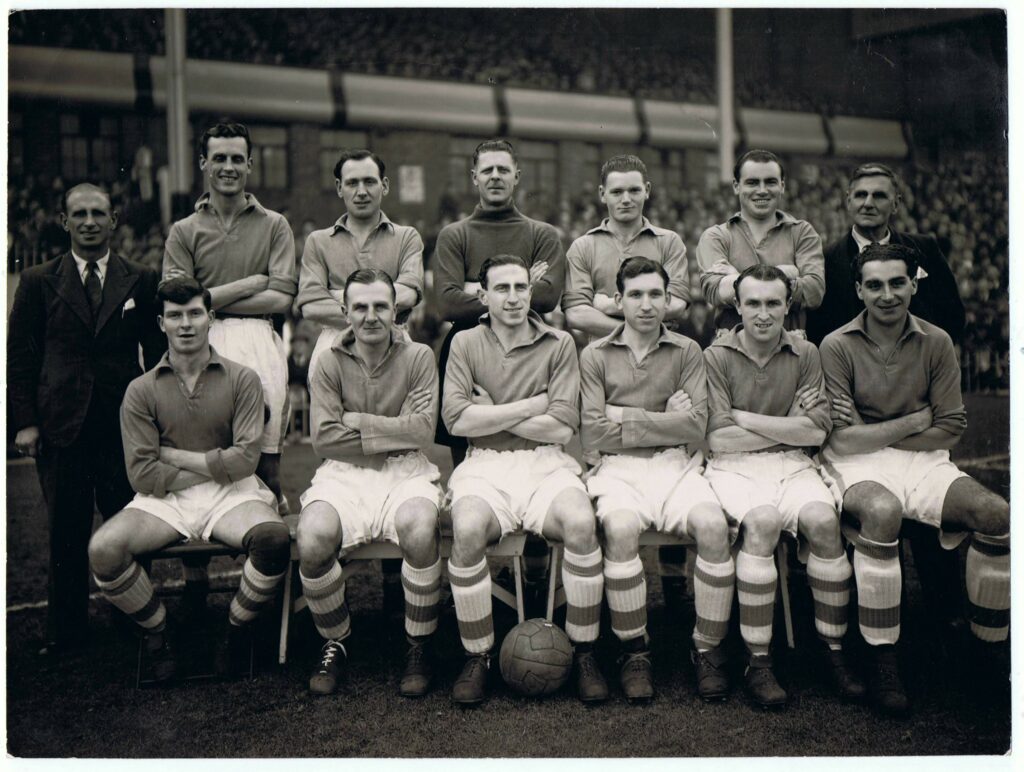
Back Row: Stevenson, Lindley, Saunders, Sagar, Hedley, Farrell, Trainer: Cook
Front Row: Corr, Bentham, Catterick, Fielding, Eglington, Jones
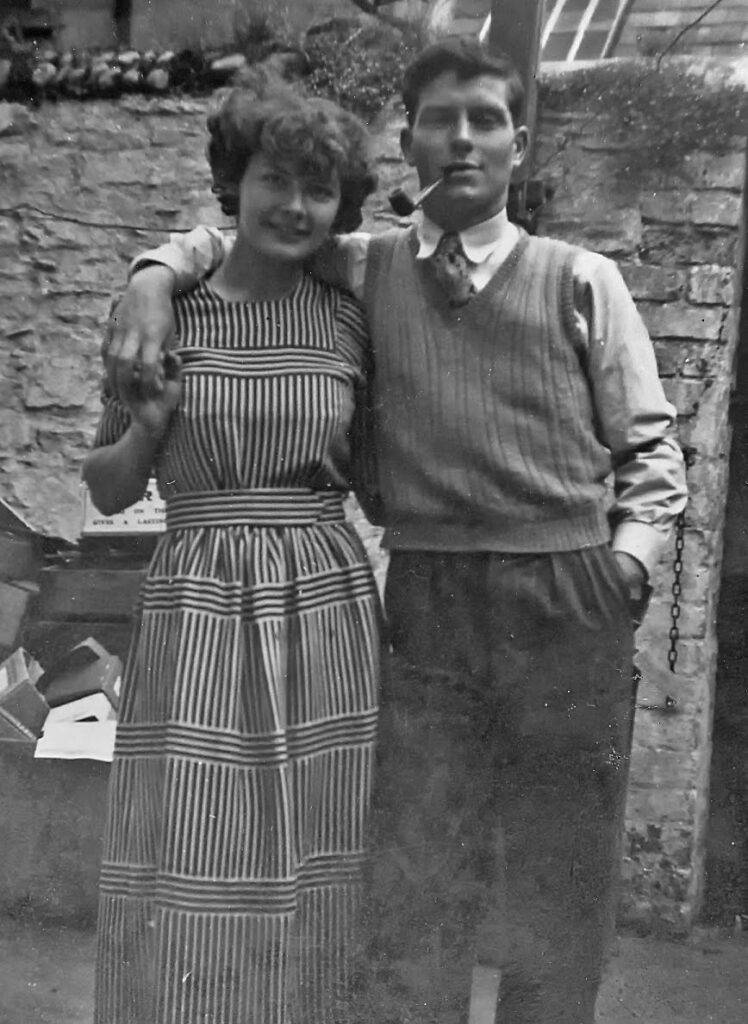
Everton FC toured Ireland in the spring of 1948, kicking off with a match against Dundalk on 9 May. The fit-again winger got a run out for his hometown team in that friendly match. The club had kept tabs on his progress at Deepdale and, clearly impressed in the friendly match, offered him a contract. Preston recouped their £2,500 outlay to release his registration, so everyone was happy. He initially lodged in Liverpool with Ellen McCrave, who also had Peter Farrell and Tommy Eglington in her digs, but returned to residing in Preston 1949 when he married Doreen Melling (brilliantly funny, by all accounts, Doreen would have been right at home on stage, appearing in music hall). In the years that followed, the couple had two sons and two daughters.
In all, Peter made 24 appearances for the Toffees, scoring two goals. He would find himself in a struggling side but still lined up alongside his compatriots Alex Stevenson, Tommy Eglington and Peter Farrell – plus the great T.G. Jones. Another clubmate was Harry Catterick, with whom Peter struck up a close lifelong friendship. In only his second outing, he scored at Goodison against Sheff Utd. Pilot described it for the Evening Express:
‘Jones whipped the ball through to Bentham, who made ground to draw Cox, and then he pushed the ball diagonally for Corr to race in and drive the ball low into the far corner of the net with his right foot from just inside the penalty area. This was a grand goal, perfectly executed and making a grand start for Corr.’

Peter’s greatest moment at Goodison Park came not in royal blue, but in the green shirt of Ireland, on 21 September 1949. His third cap was earned in a friendly match against England. Irish preparation for the fixture was minimal – in fact, there was no preparation!
Peter came down by train from Preston on the morning of the match, accompanied by his mother-in-law (who fancied sampling the shops in Liverpool’s city centre) and Tom Finney. He then met his teammates in the changing room at Goodison Park.


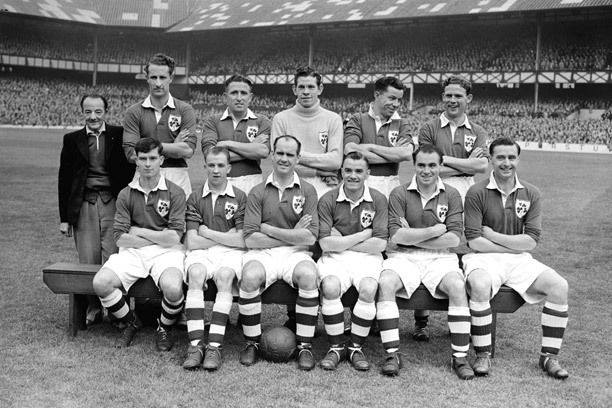
Captain Johnny Carey knew that he would have more than his hands full marking Finney, so he had devised a plan. Every time England got the ball, Peter was to stand between Carey and Finney – cutting out the supply line along the ground that Finney thrived on. Instead, most passes to Finney had to be lofted over Peter – this gave the Irish men time to get their tackles in before the English maestro got the ball under control. Finney went on to have his least-effective international match and Ireland went on to win 2-0 through goals by Con Martin (penalty) and Peter Farrell. The 11 Irishmen became the first foreign side to defeat England on home soil.
Peter’s brother, Willie, recalls the low-key aftermath: ‘After the match, Peter had a shower, picked up his kit, said his goodbyes to teammates and got the train back to Preston with his mother-in-law. No hyped-up celebrations in those days – just playing football, winning and making a little bit of history at the same time. Peter recalled it thus: ‘It was the biggest thrill of my life. Playing for the Republic was always a great honour. It was a day when our pride was as big as our hearts.’
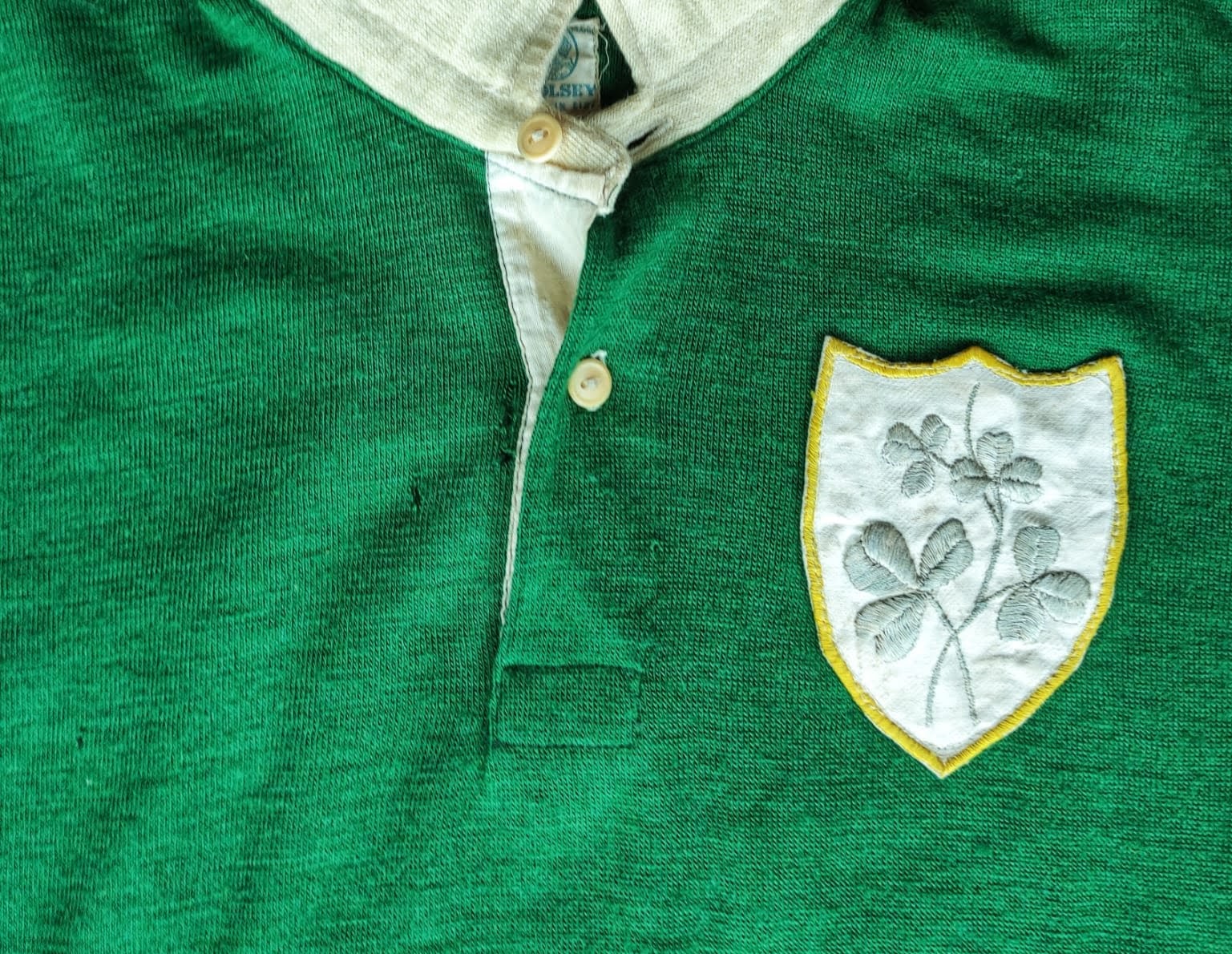 |  |
Willie Corr recalls the pride in having a famous footballing brother: ‘I never saw my brother play football, there was 15 years between us, but we had lots of chats when he came home to Dundalk every year. It was great knowing him. He always dropped off his international jerseys, with number seven on, with me. I used to go out and play in football in the street wearing it, but I was a target – there were some dirty tackles going in!’
Having lost his place at Everton in the autumn of 1949, Peter was one of the players deemed surplus to requirements at the season’s end, He joined ex-Blues Norman Greenhalgh and Cecil Wyles at Bangor City, competing in the Cheshire League). Bangor could offer Peter a two-year deal with a decent wage and free lodgings, so it was a more attractive prospect than joining a lower ranking Football League club. In his second season he picked up an ankle injury and lost his place in the side. Transfer-listed at his own request, he moved to Wigan Athletic in the summer of 1952. By Christmas 1953, he was turning out for Morecambe but seems to have hung up his boots early the next year. Looking back in the 1970s, he was modest about his ability and achievements: ‘I was never a great player. Coming into the game late, and from another code, I hadn’t the technical ability of others. But I really enjoyed those years.’
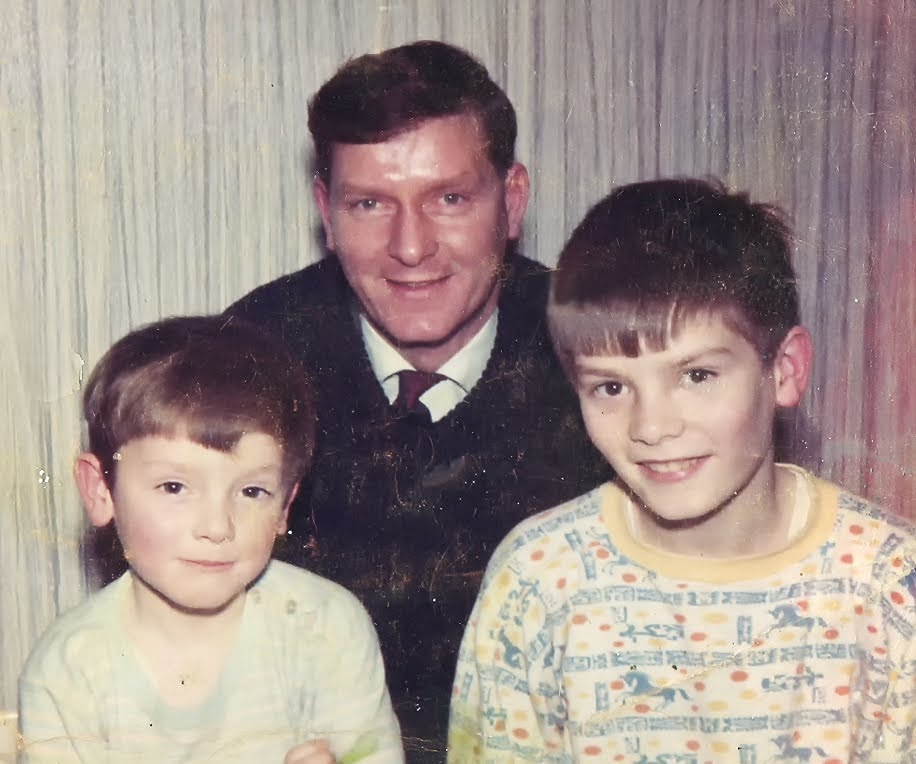
He was offered the opportunity to manage a club in Ireland, but having settled in Preston with his family, he preferred to stay put. Life after football was in the newsagent business. He initially worked in partnership with Frank O’Farrell at a shop close to Deepdale, until the Preston wing-half moved to the south coast. After that he went it alone, while Doreen ran a hardware business. One enduring connection to football was some coaching Peter did for the Catholic Colleges in Preston.
With Harry Catterick installed as Everton manager in 1961, Peter did a spot of scouting for his friend, and repeatedly extolled the virtues of Preston’s young wing-half. Of course, Catterick was well aware of Howard Kendall, but Peter’s constant advocacy helped convince him to make a firm bid in 1967. Peter would be a regular at Goodison in the 1960s and 1970s, going to the 1966 and 1968 cup finals, and taking his son, Fran, to see the title being clinched on 1 April 1970. Regular visitors to the Catterick’s home in Ainsdale, the Corrs stayed there for the weekend of the 1971 Open Golf Championship, which was staged on the adjacent Royal Birkdale course. The father and son duo were still attending some Toffees matches into the 1980s, including the FA Cup semi-final against West Ham.
In later life, Peter sold his business but ran a newsagent on someone else’s behalf. In 1999, with other surviving members of the 1949 Irish team which beat England, he was given a Hall of Fame award by the FAI. Sadly, his final years were spent living with the effects of dementia.
Peter Corr – international footballer, proud Irishman and Evertonian – passed away in his adopted hometown in Lancashire on 1 June 2001.
…………………………………………………………
Acknowledgements and Sources
Fran, Peter and Willie Corr
James Corbett, The Everton Encyclopedia (2012)
Peter Byrne, Football Association of Ireland: 75 years (1996)
Newspapers including:
Liverpool Evening Express
Liverpool Echo
Evening Herald
The Argus
The Irish Times
Billy Smith, Bluecorrespondent.co.uk
Steve Johnson, Evertonresults.com



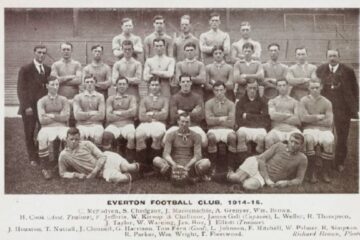
Peter J Corr was a hardworking man, tough taskmaster, a great role model, and a wonderful father. Always there for his wife and children. And is sadly missed. I was very lucky to be fortunate to call him Dad. God Bless.
Many thanks for your message Susan. Peter certainly sounds like he was a wonderful father.